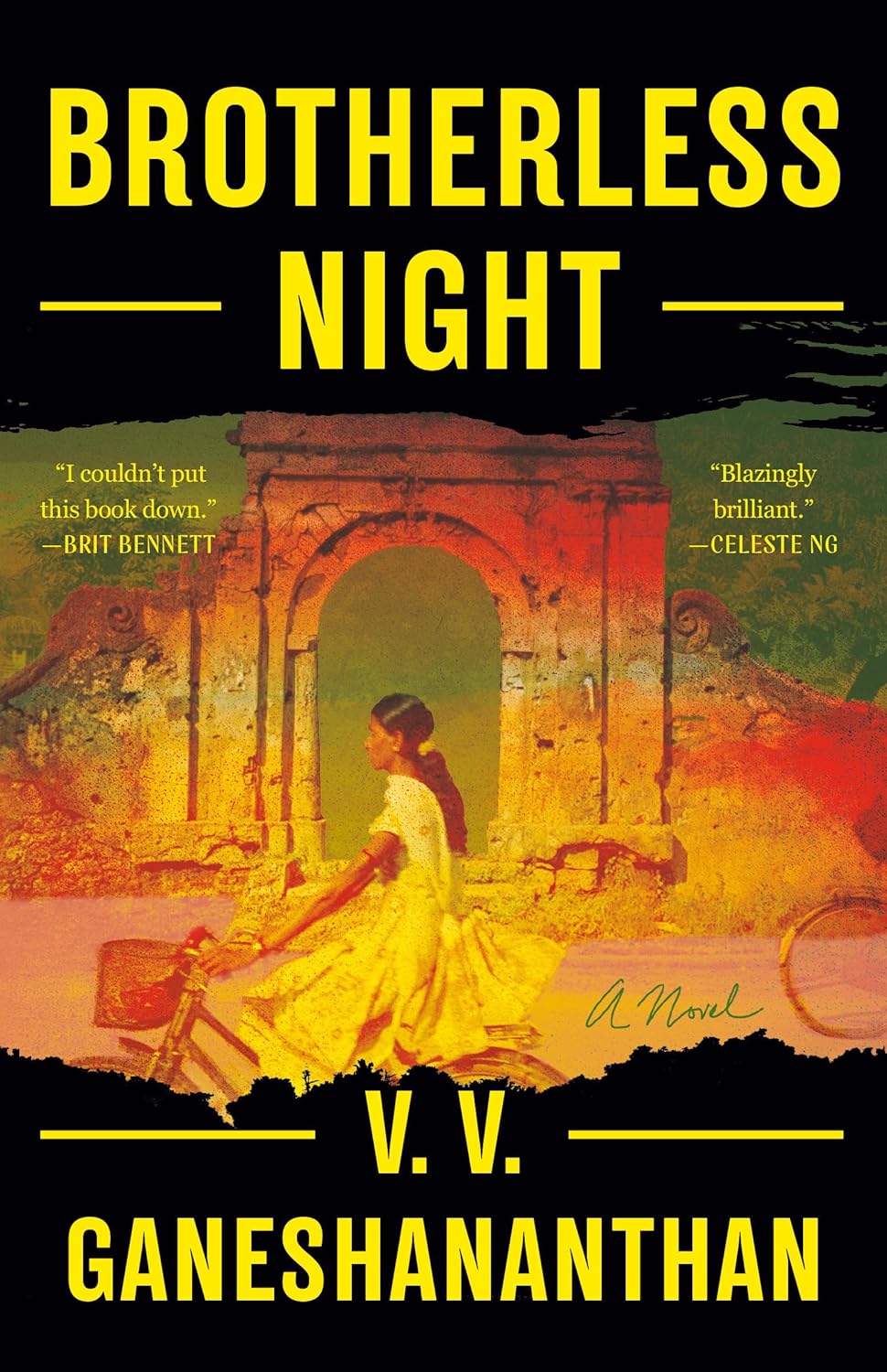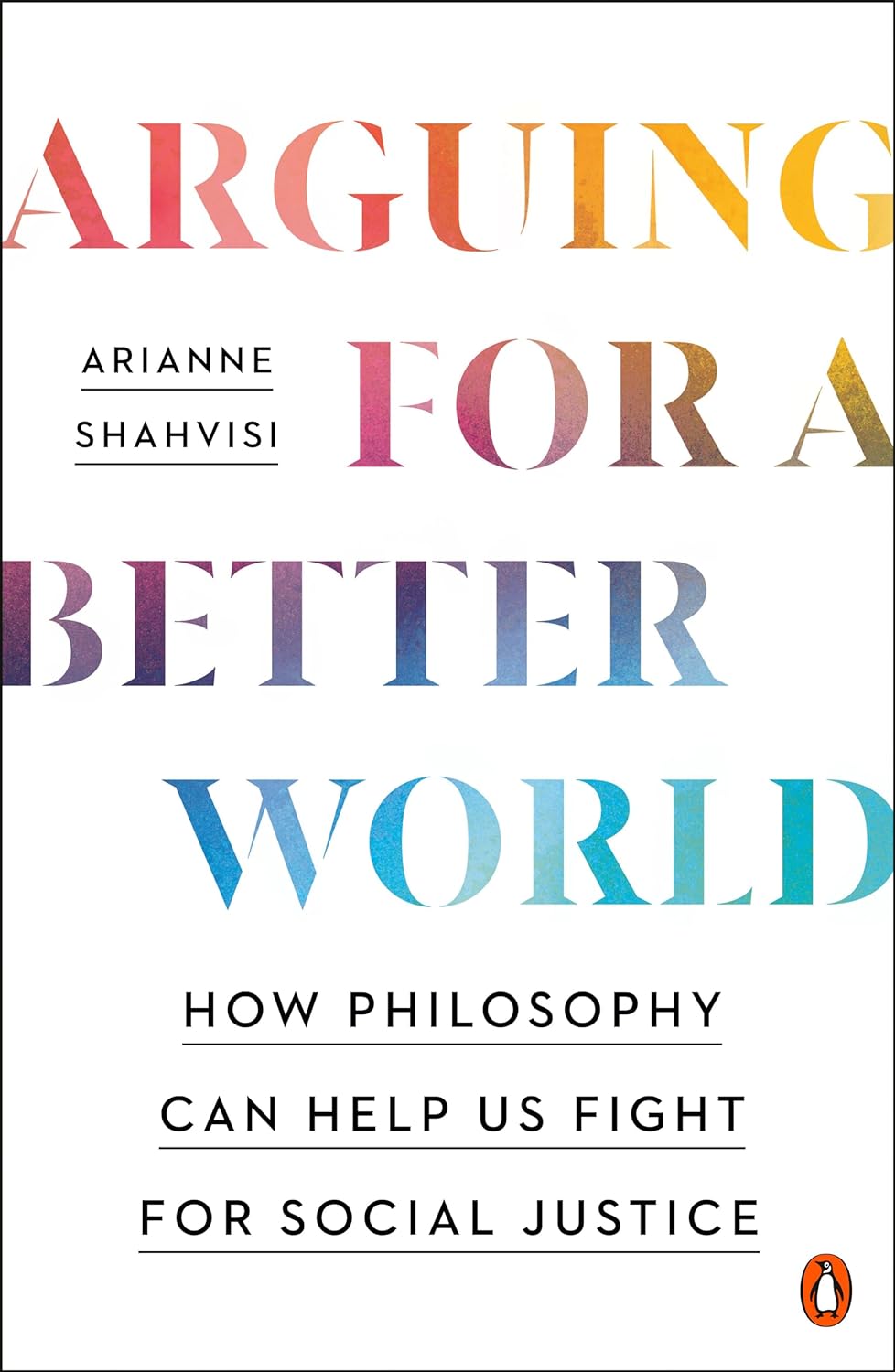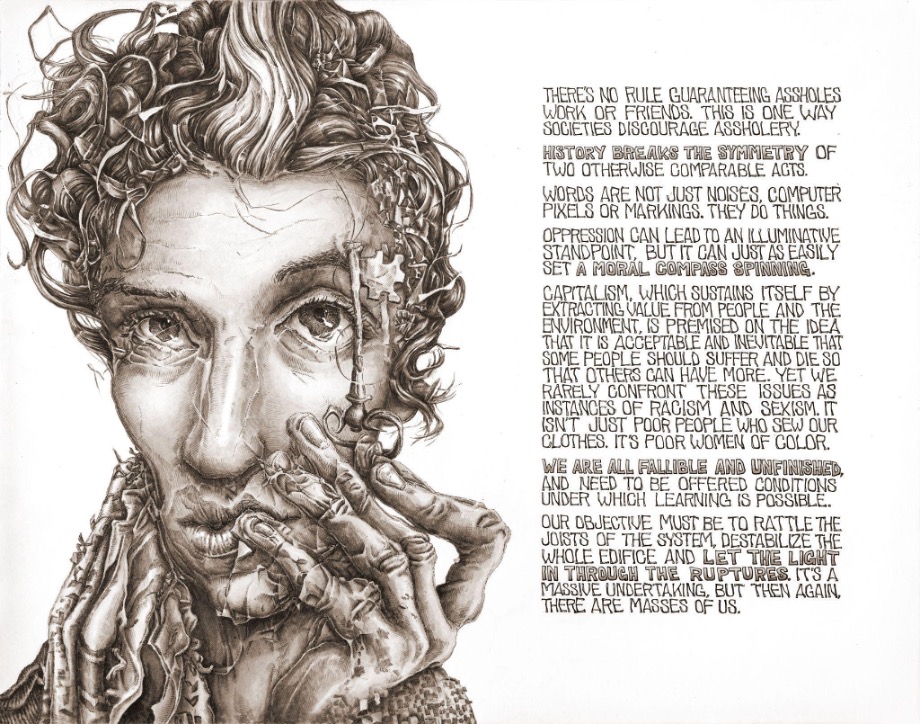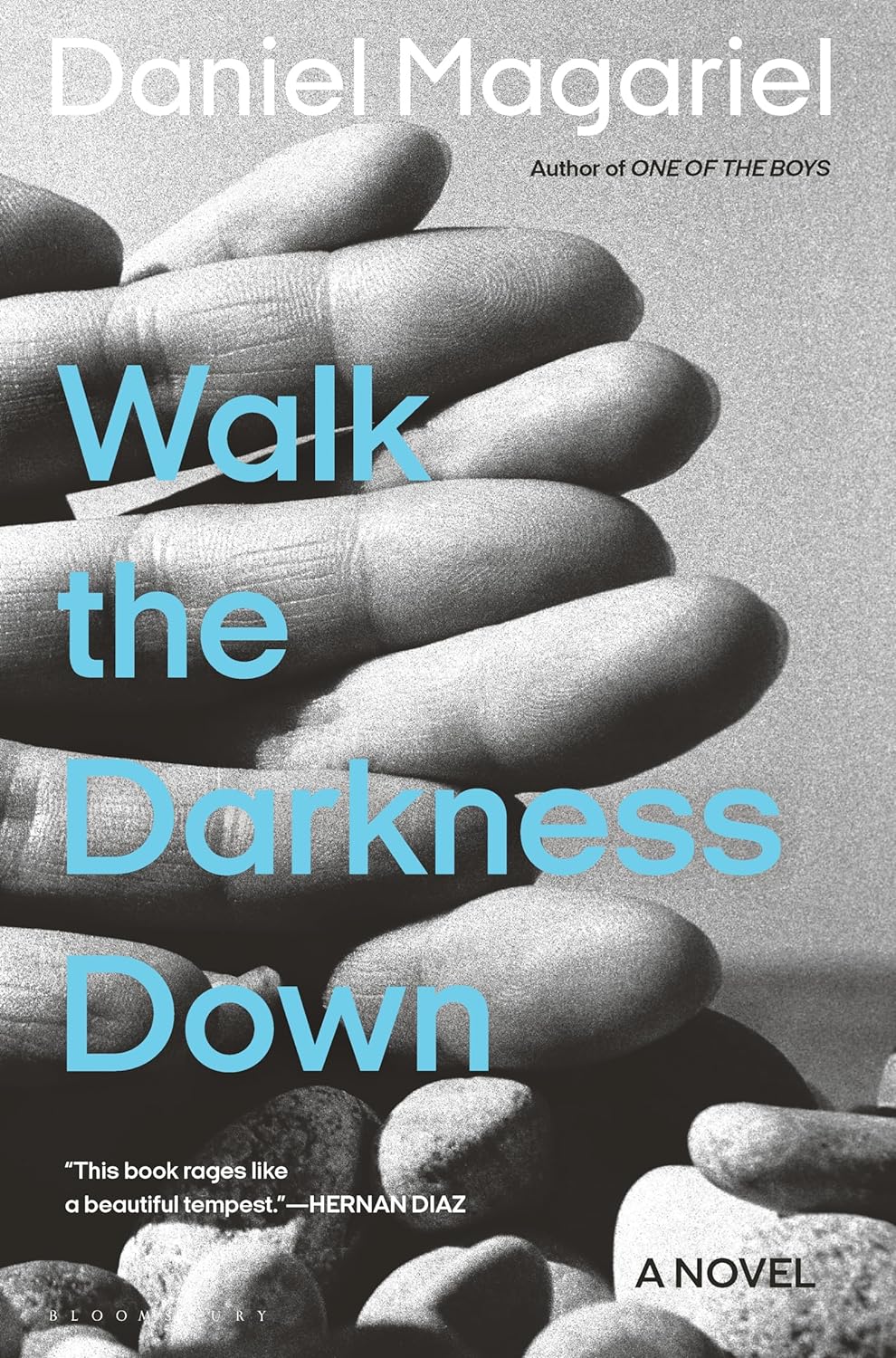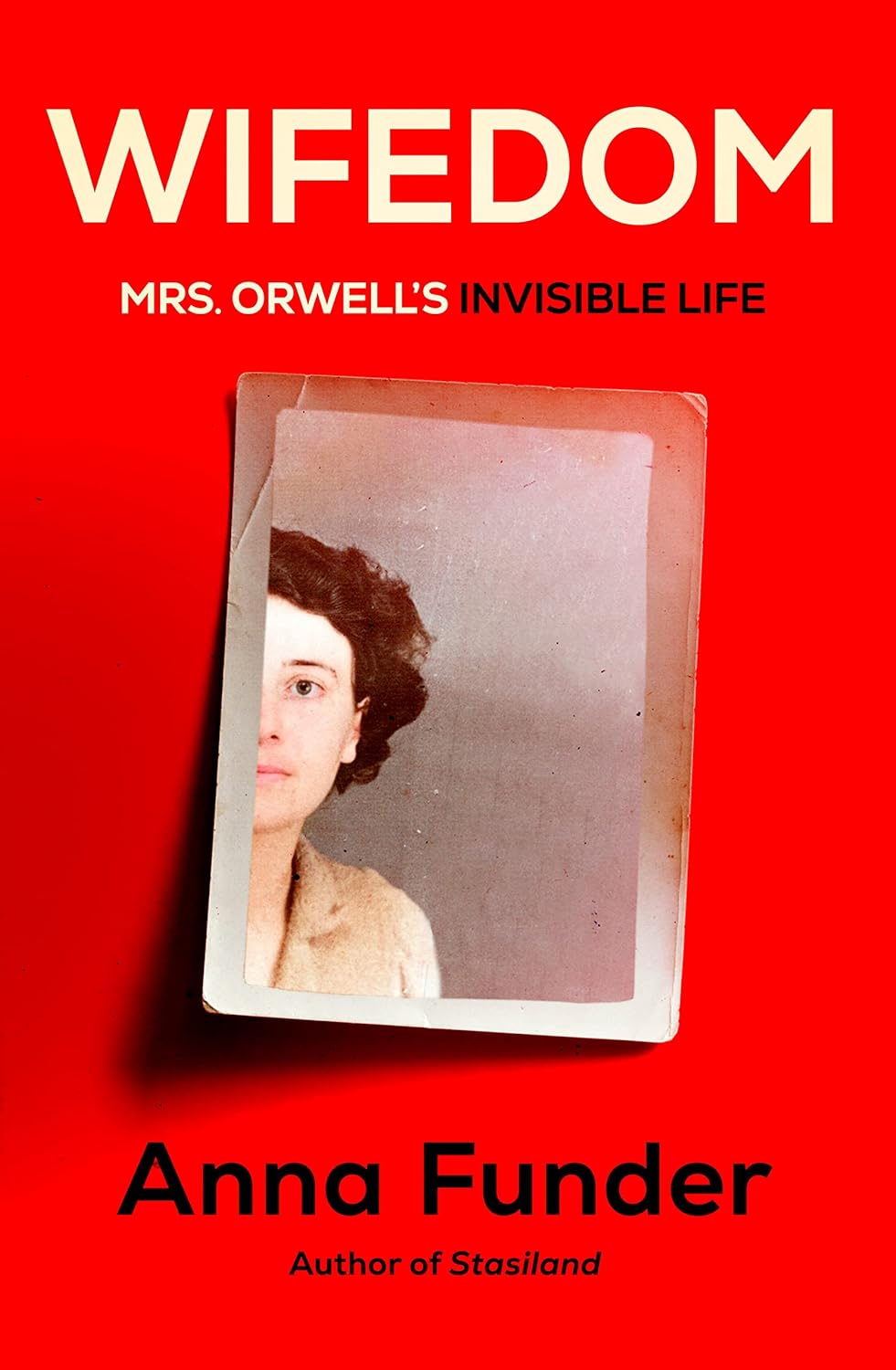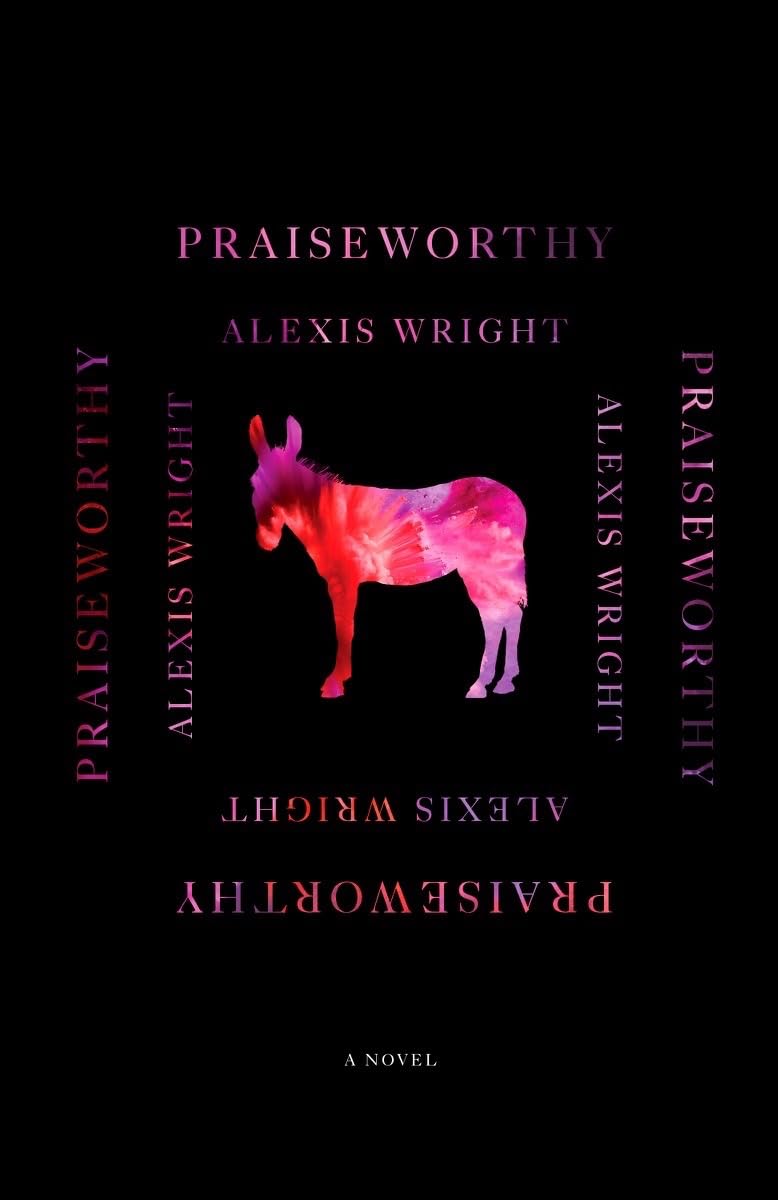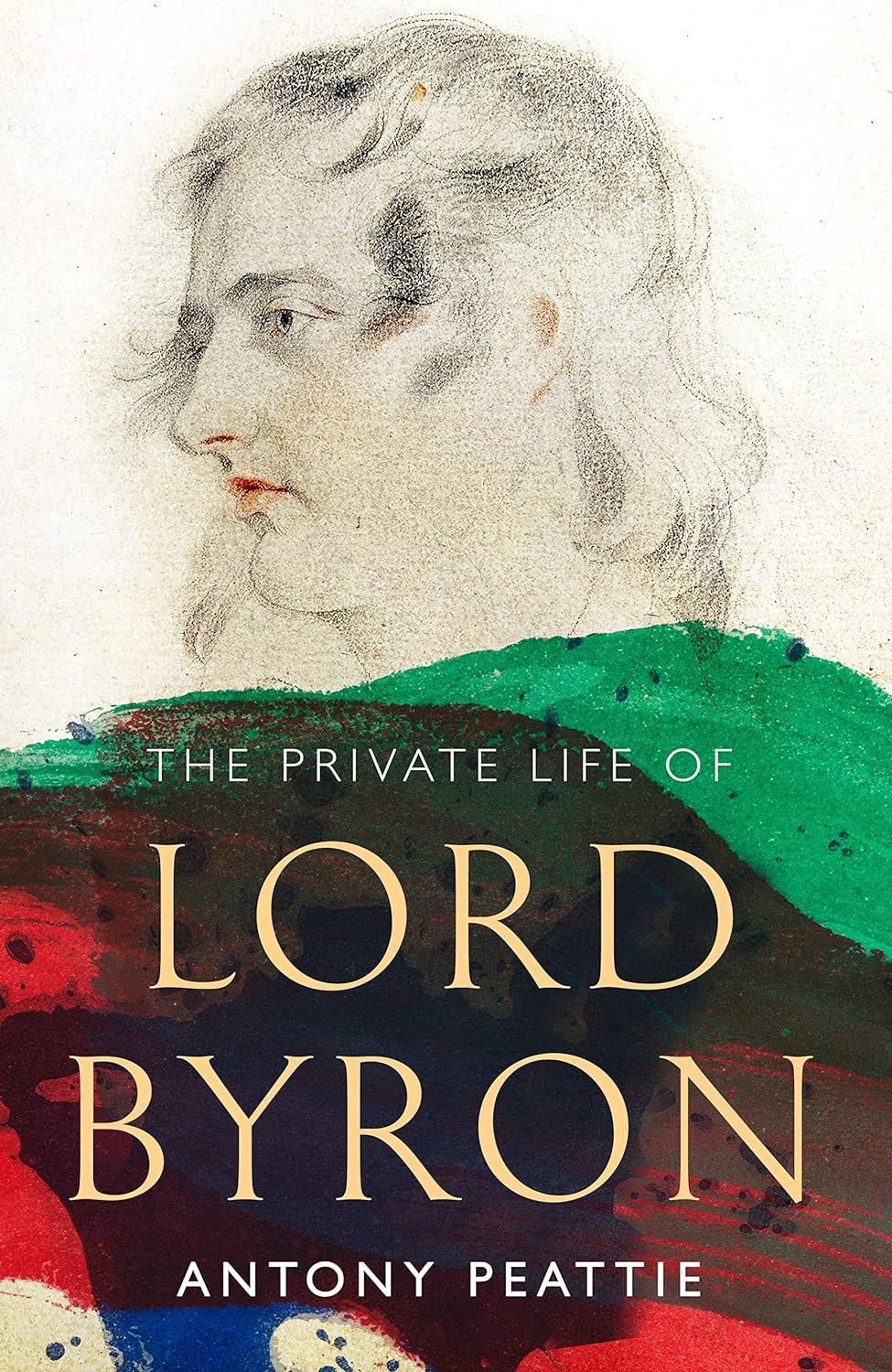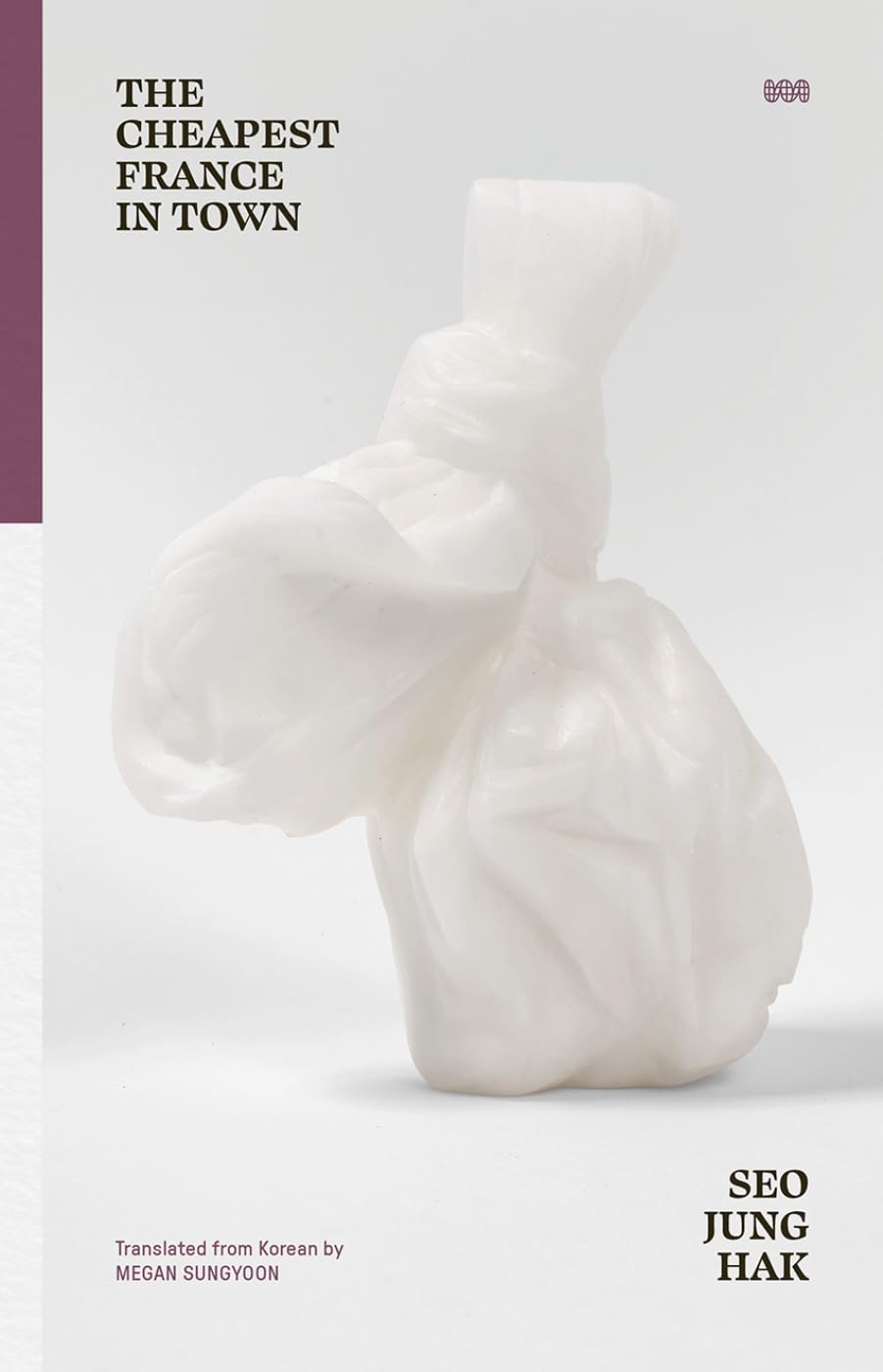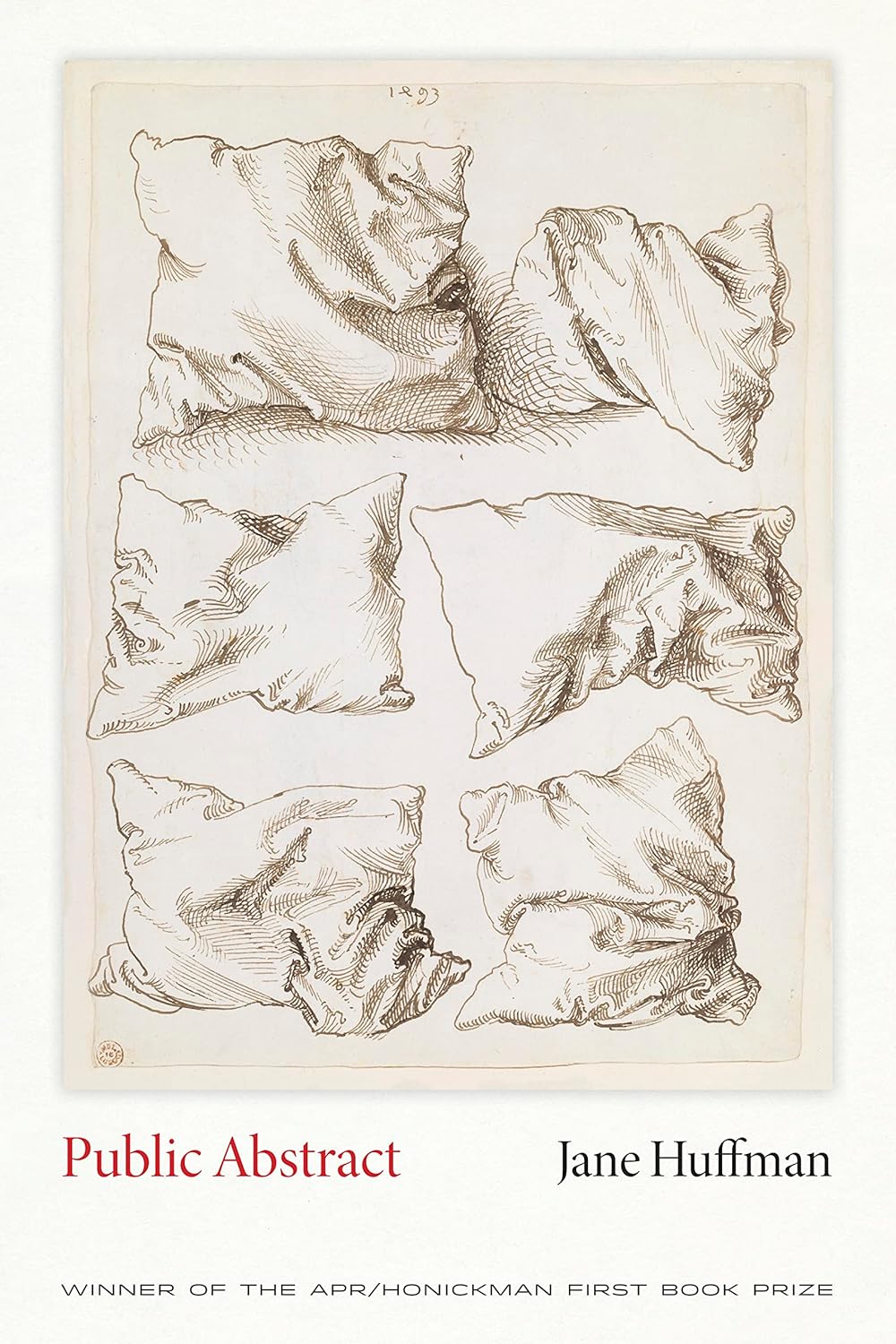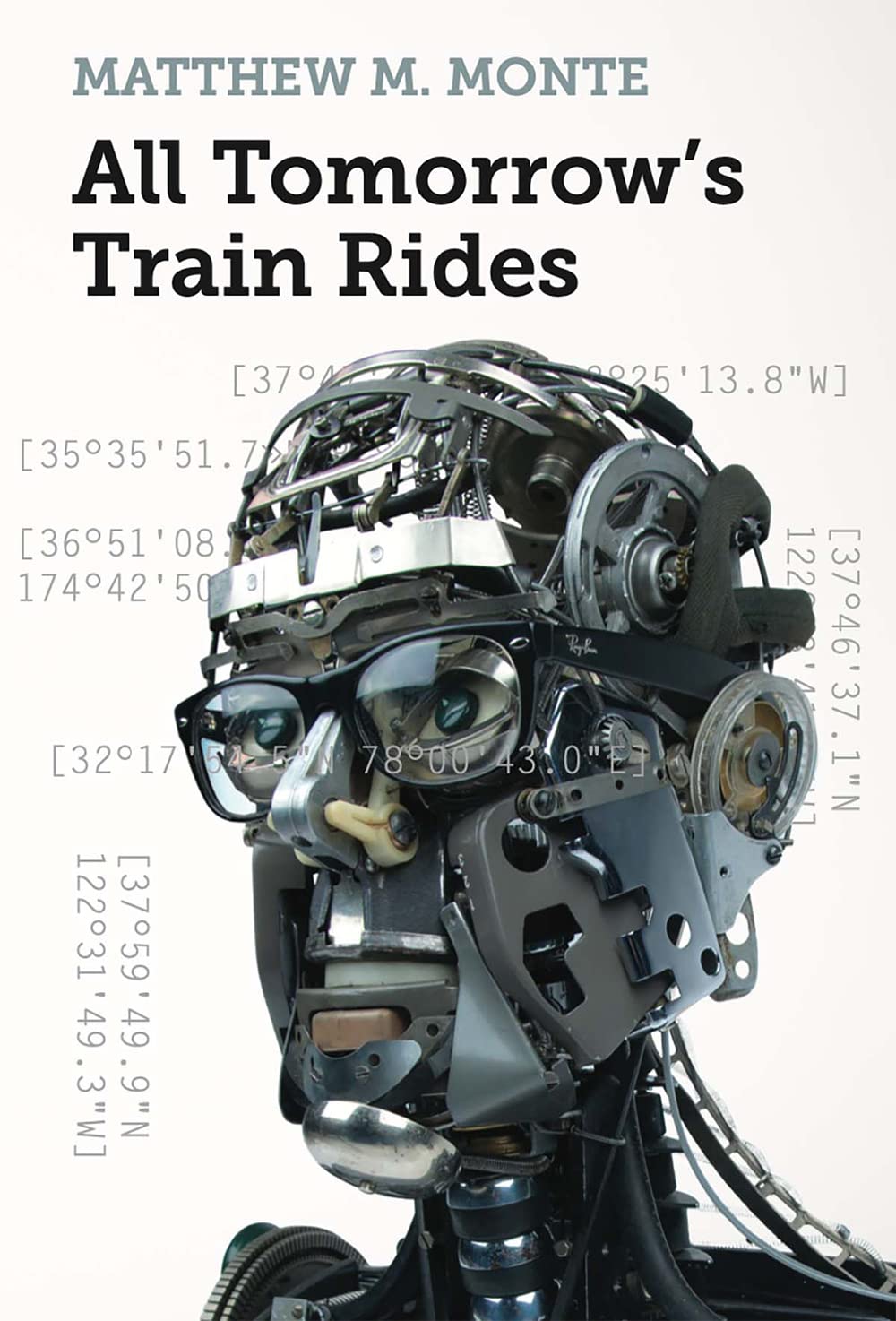V. V. Ganeshananthan
Random House ($18)
by Ann Klefstad
V. V. Ganeshananthan’s 2023 novel Brotherless Night, a product of long and careful research and an amazing feat of empathic imagination at once, is now out in paperback, and has won both the Carol Shields Prize and the Women’s Prize for Fiction on its journey. The book is narrated by Sashikala Kulenthiren, a young girl living in the Tamil community of Jaffna in northern Sri Lanka. Sashi is driven to become a doctor like her grandfather, and is a serious and formidable student, pushing through initial failure and continuing despite the gradual crumbling of her community under the stresses of conflict. The successive losses of her four brothers, however, form the frame of the story.
In response to violent repression of Tamils (who are Hindu) by the Sri Lankan government (who represent the majority Sinhalese Buddhists), a number of Tamil militant groups form, including the Tamil Tigers. The past cruelties of the Sinhalese government gradually come to light through the screen of a happy family’s life; these events arise in the narrative like the smoke of distant fires, until the flames come to engulf the story entirely.
K, a neighbor boy, becomes Sashi’s most resonant attachment, neither a lover nor merely a friend. His anonymity throughout the book—he is always only K—feels like a reinforcement of the distance that ideology creates, as he becomes central to the Tigers’ struggle and recruits a reluctant Sashi to work at a field hospital. In a sign of foreboding, her first patient is one of her brothers; gradually all circumstances of life in Jaffna are enmeshed in the struggle, and violence and death are the price of refusal to participate.
Sashi is never a true believer but rather a faithful observer, clear-eyed and dispassionate in her account, even though heartrending losses mount. The Tigers are young men she knows; they are also killers of her teacher, of loved ones. Yet the government officials who have created the climate of violence are also people known to her, while Sinhalese neighbors help Sashi and her mother escape death at the hands of government soldiers. Nothing is black and white except the tragedies of violence.
Anjali Premachandran, Sashi’s teacher at her medical school, becomes a key figure in the novel; a researcher and reporter of events, she is drawn from an actual person, also a professor of anatomy at the medical school in Jaffna. Rajani Thiranagama was one of the authors of The Broken Palmyra, an account of the Sri Lankan civil war written by four Tamil professors comprising the University Teachers for Human Rights (Jaffna). They took on the mission of documenting human rights violations during the war no matter who committed them, developing research techniques that prioritized fact over passion. Ganeshananthan remarked in a January 2023 essay in LitHub, “Through reading their work, I came to believe that meaningful representation required self-critique. They wrote especially movingly and analytically about how the Tigers, a fascist movement, had arisen from Tamil society.”
Thiranagama was killed because of her truth-telling, but despite its roots in a harrowing and complicated real-world struggle, Brotherless Night does not over-explain but instead lets events simply unfold. Ganeshananthan’s prose, in fact, continually suggests the refusal of real life to conform itself to a Procrustean bed of ideologies. A scene in which a woman who had been raped by soldiers detonates a suicide bomb in a government office offers a brutal example: “The first small, potent blast caught her and the man together, and with her right arm gone and his left leg severed beneath the knee, they looked like one person, dancing. Her hair fell out of its pins into his open mouth.”
Having lived with the history of her country’s nearly three-decade civil war, Ganeshananthan has first experienced and then created a realm in which facile judgments are impossible. Brotherless Night is a testament to the relentless need for understanding tragedy through story.
Click below to purchase this book through Bookshop and support your local independent bookstore:
Rain Taxi Online Edition Summer 2024 | © Rain Taxi, Inc. 2024

